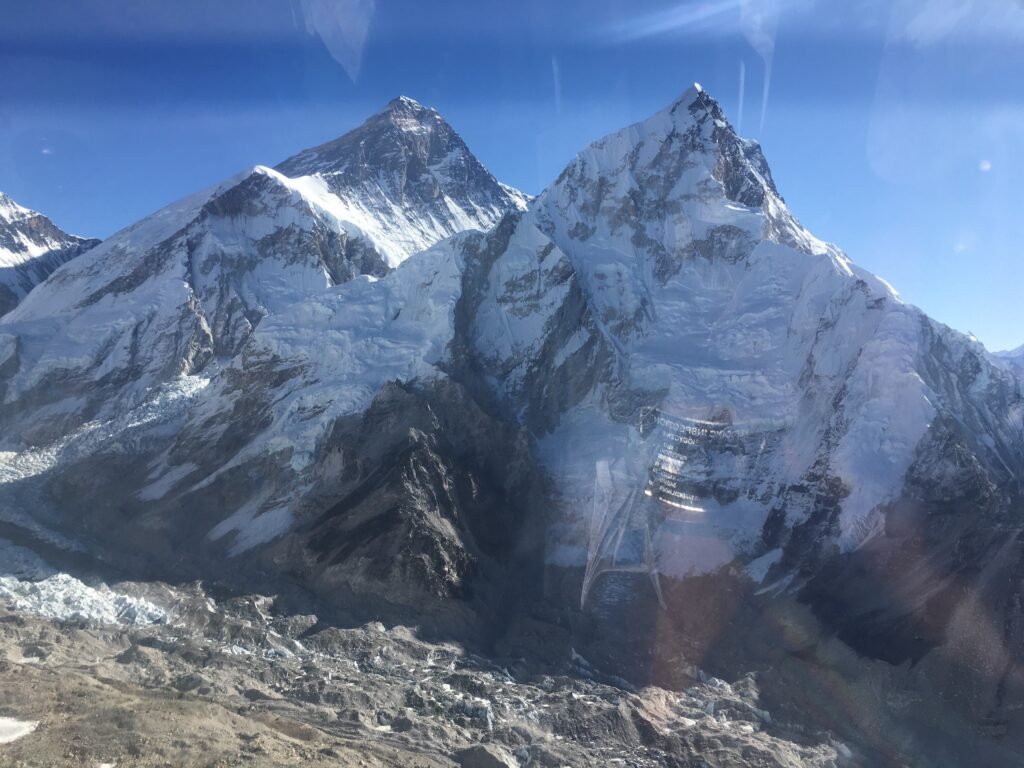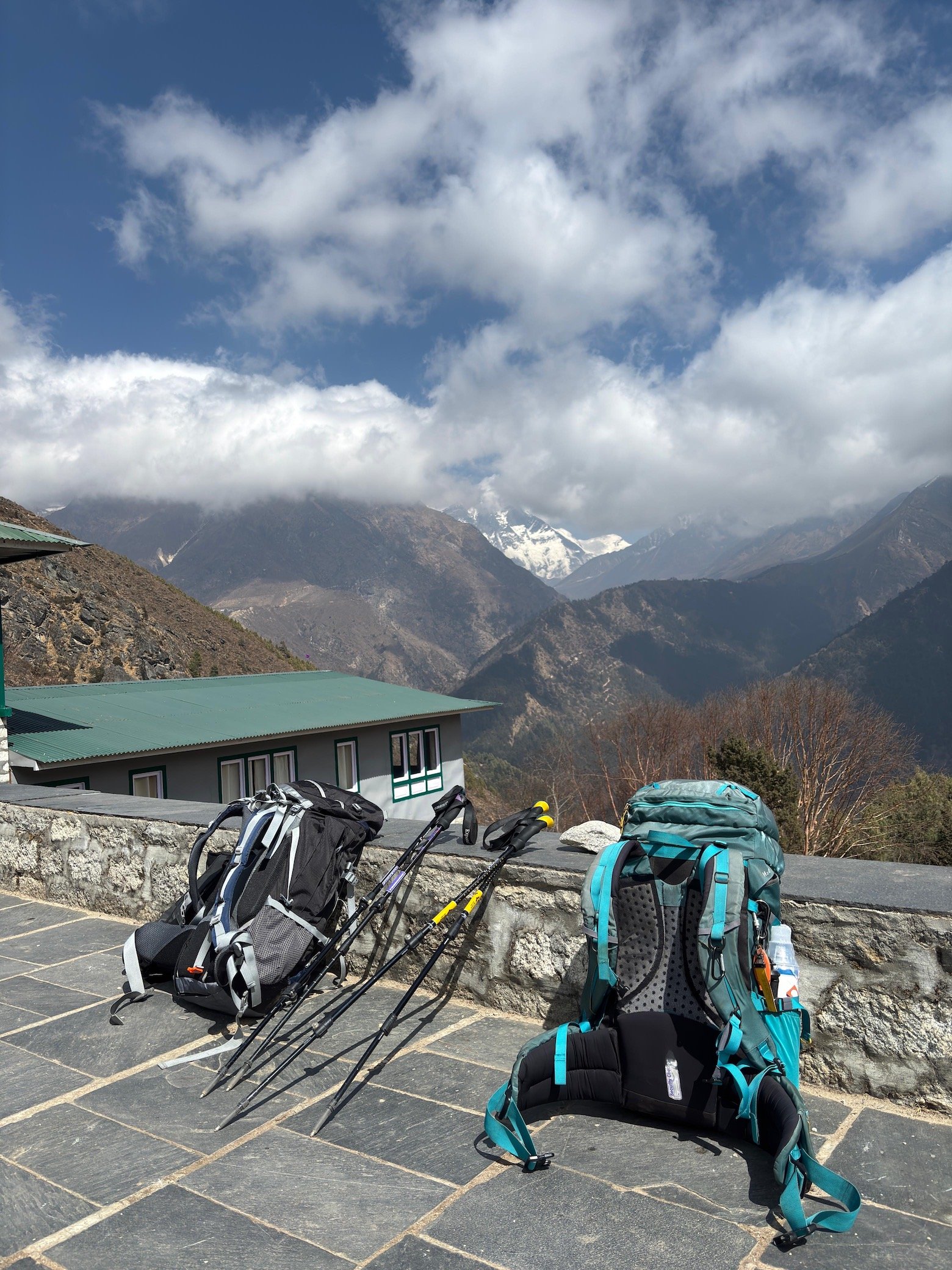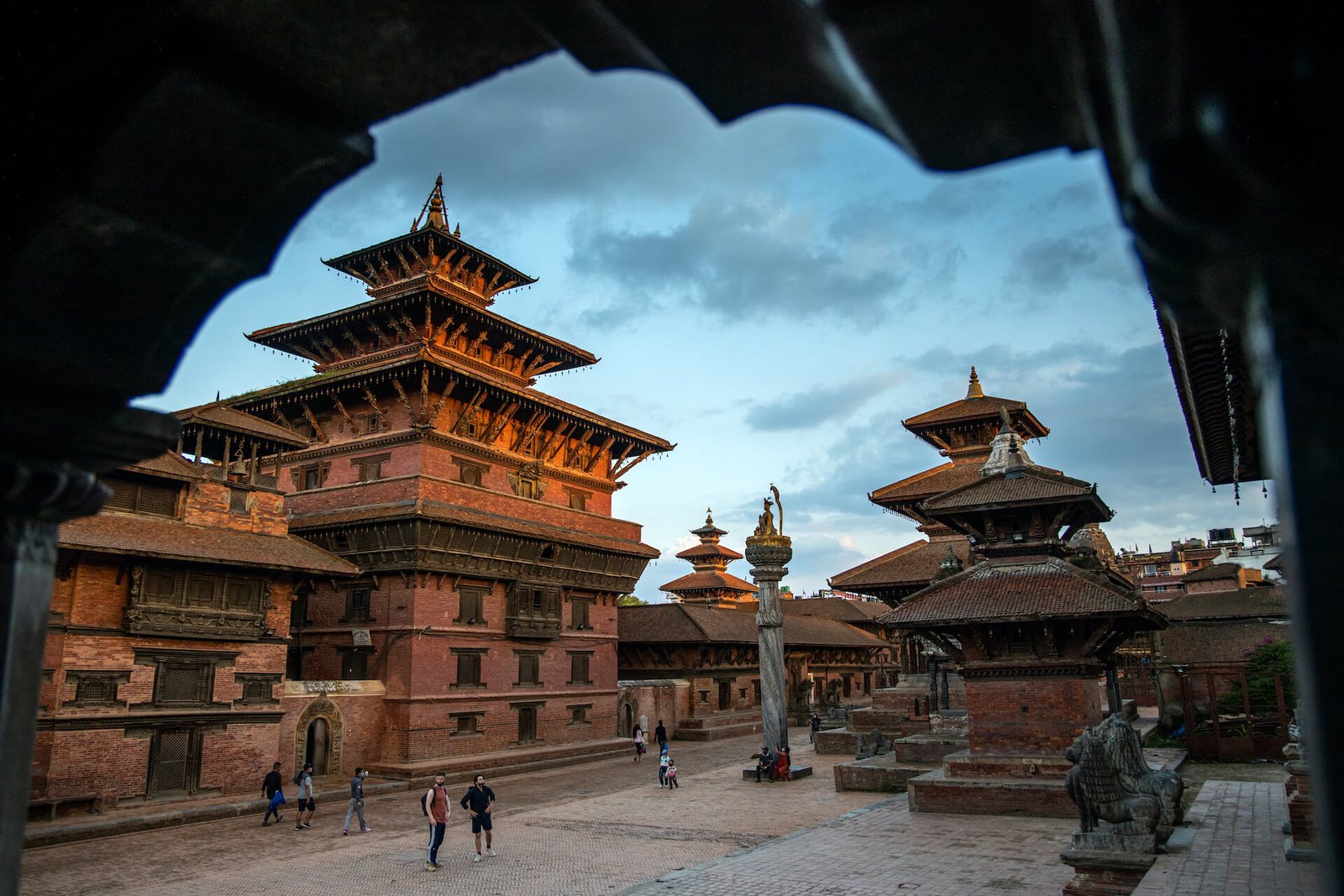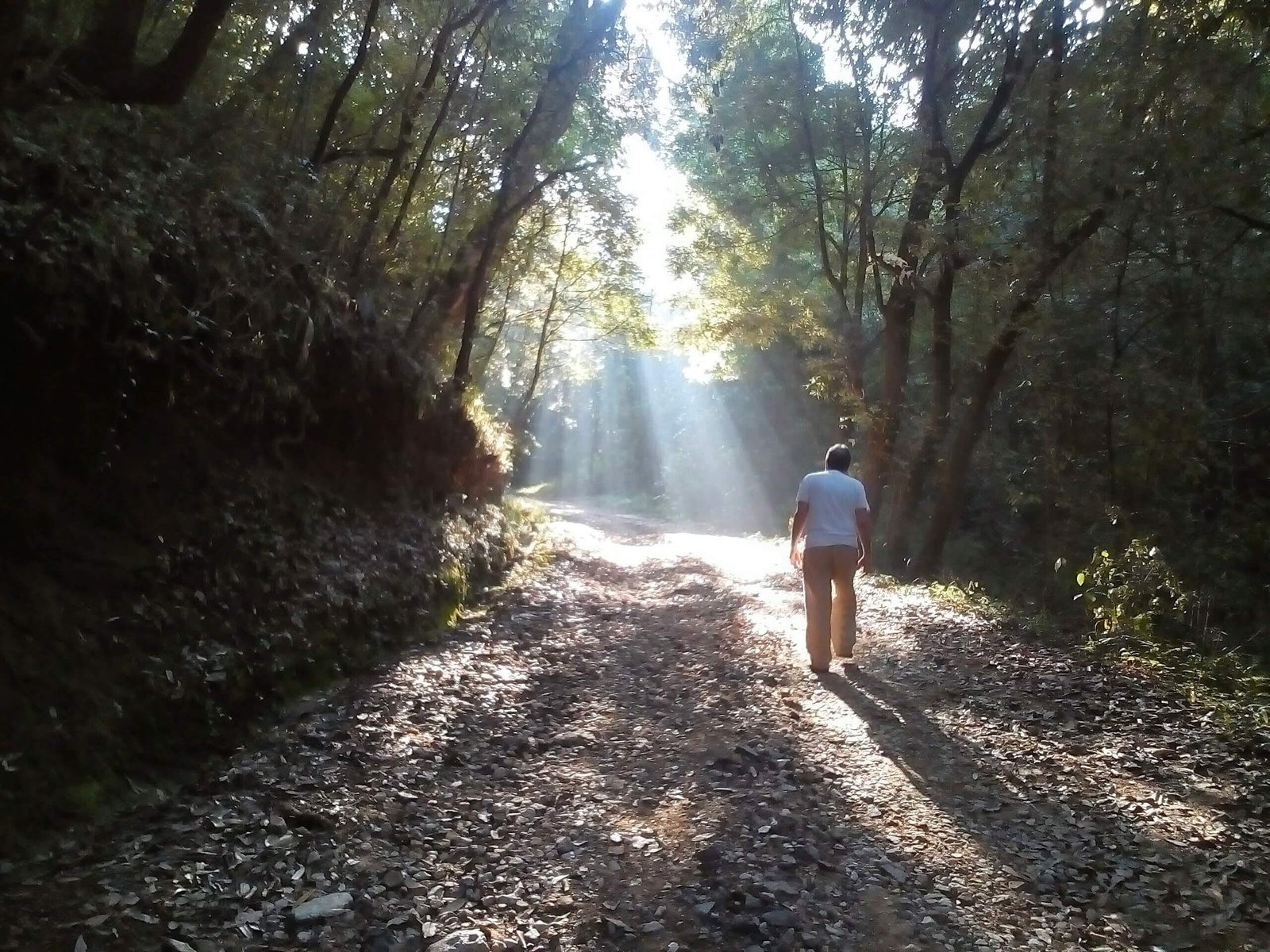Mount Everest, the tallest mountain on Earth, captures the imagination of millions worldwide. It stands as a symbol of adventure, challenge, and natural wonder. But exactly where is Mount Everest located, and why is its location so significant? Let’s explore the fascinating geography and cultural backdrop of this iconic peak.
The Geographic Location of Mount Everest
Mount Everest is located in the majestic Himalayas, a grand mountain range stretching across South Asia. Specifically, Everest straddles the border between Nepal and Tibet (an autonomous region of China). Its southern face is nestled within Nepal’s Sagarmatha National Park, a UNESCO World Heritage Site, while the northern face overlooks the Tibetan Plateau.
The exact coordinates of Everest’s summit are 27°59′ North latitude and 86°56′ East longitude, standing at a staggering height of 8,848.86 meters (29,031.7 feet) above sea level, making it the tallest point on the planet.
Dual Cultural Identity: Sagarmatha and Chomolungma

Locally, Everest is known by two sacred names reflecting its cultural significance:
- Sagarmatha, meaning “Forehead of the Sky,” in Nepali.
- Chomolungma, meaning “Holy Mother,” in Tibetan.
These names reveal the deep respect and spiritual connection the local people have with the mountain, further enriching its allure beyond just the physical height.
Why Everest’s Location Matters
Its position on the Nepal-Tibet border makes Mount Everest a key destination for climbers and trekkers from around the world. Two main climbing routes exist:
- The southern route from Nepal, favored for its established infrastructure and cultural experiences with the Sherpa community.
- The northern route from Tibet offers a different perspective, less crowded and with unique plateau landscapes.
Both sides present their own challenges and spectacular views.
A Living Testament to Earth’s Geological Forces
Mount Everest was formed over millions of years through the collision of the Indian and Eurasian tectonic plates. This ongoing geological process pushes the mountain higher over time, making it not just a natural marvel but a symbol of the ever-changing Earth.
Conclusion
Knowing where Mount Everest is located enriches any trekker’s or adventurer’s appreciation of this extraordinary mountain. Whether standing at its feet in Nepal or gazing from Tibet’s vast plateaus, Everest remains an unparalleled symbol of nature’s grandeur and human spirit.








